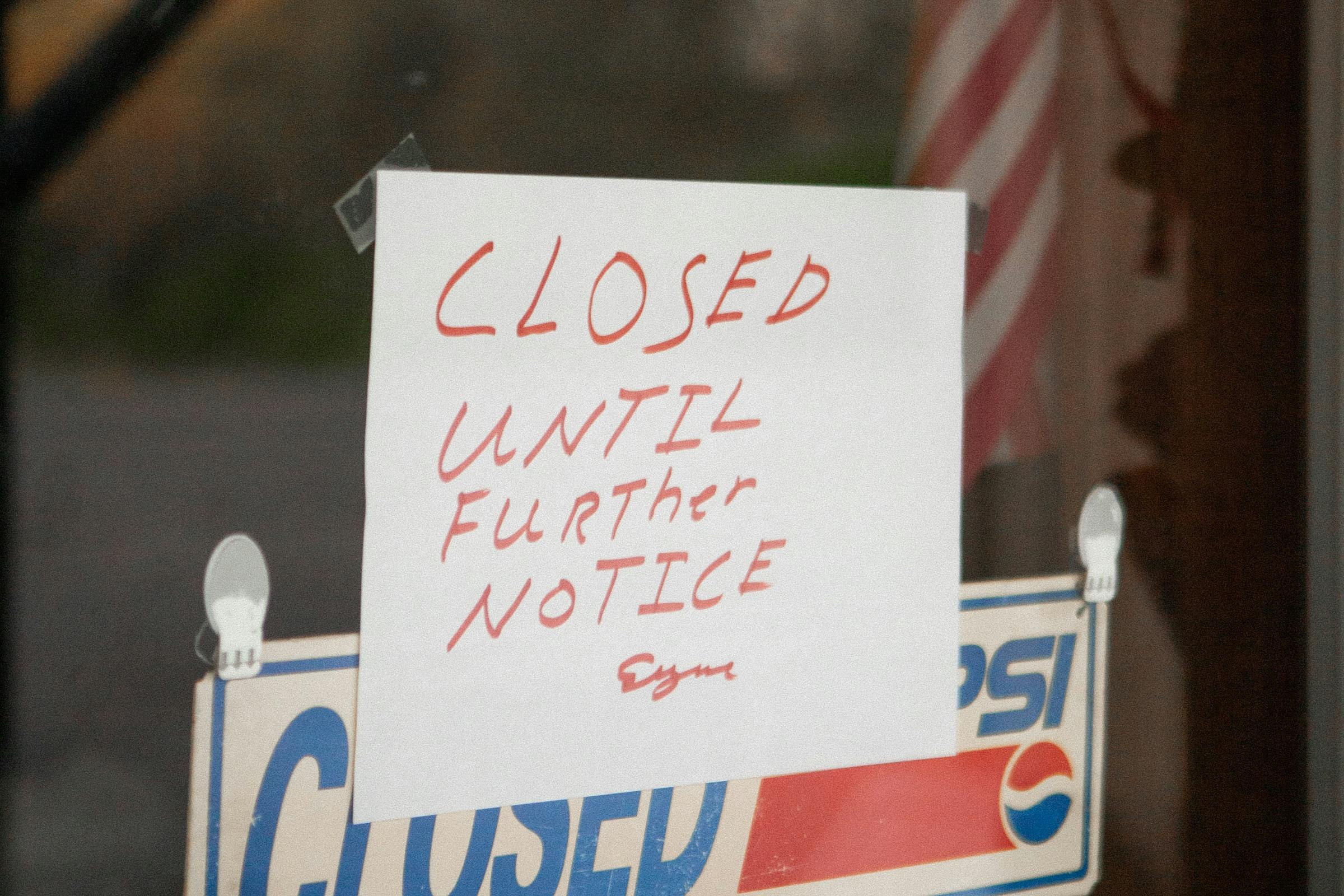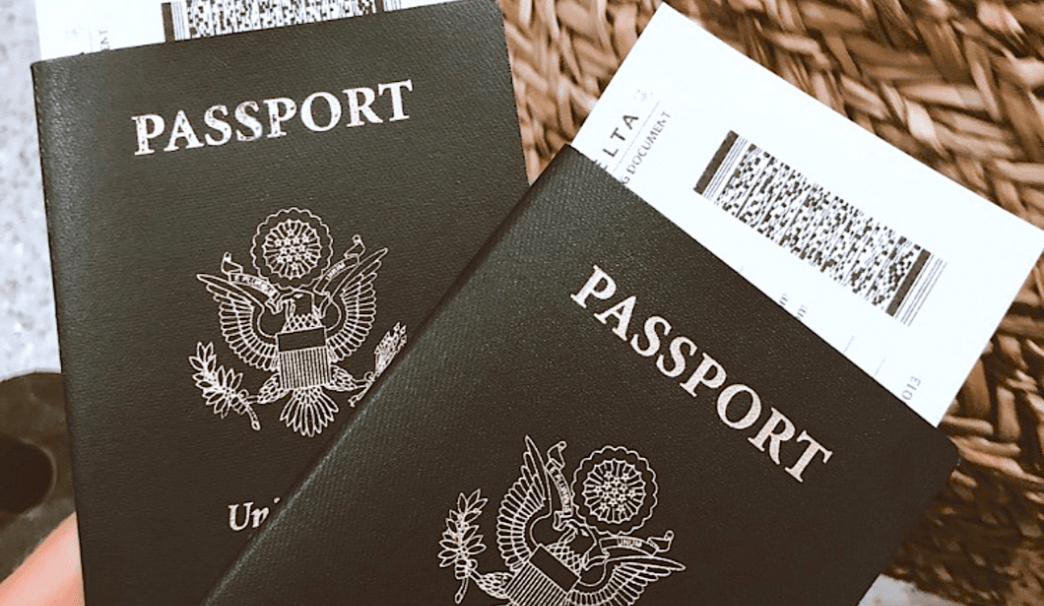Transferring With an H-1B
Filing an H-1B transfer means you arrived in the United States to work for one employer, and now you want to accept a job elsewhere. It’s not forbidden, but you do need to follow certain processes.
First, the employer must be approved by the Department of Labor, and the position must be considered a specialty occupation, just as you did to get your current job. The labor and immigration requirements can take months to complete, and all paperwork must be completed correctly, or the transfer will be denied. Working with an immigration attorney to reduce potential delays and mistakes is a wise idea.
H-1B transfer procedures work similarly to the application process for the H-1B visa. However, there is no visa cap or lottery to deal with. H-1B transfers aren’t under a restricted amount. If you’ve qualified for the visa, you can qualify for a transfer — as long as everything is correct throughout each step.
Applying for an H-1B Transfer
To apply for a transfer, you must first already have two things: a current employer in the United States and a job offer from another employer also located there. If you have both of these, the next step is for the new employer to complete a Labor Condition Application (LCA), Form ETA 9035E, as employers are not allowed to employ H-1B workers without this approval.
Once that form is approved, the employer files an I-129 and pays the filing fees. Upon receiving the petition, USCIS will send you and the employer a receipt number. With that number, you can start working for the new employer. When the petition is approved, you’ll both receive an I-797 that formally testifies to your legal ability to work for your new boss.
Finally, you’ll both need to file an Employment Eligibility Verification Form (I-19) with USCIS verifying your identity and employment authorization. Each of these steps is full of required forms and documentation, and if anything is missing, the result can be a denied transfer request.
Why H-1B Transfer Requests Get Denied
It should get approved when you correctly fill out your transfer request and meet all the requirements. However, there are a few common reasons why these requests get denied. Knowing them ahead can aid you in avoiding them.
Whether you’re working with an attorney or not, it’s important to understand how to handle a transfer of your denial. Here are some of the typical reasons yours could be rejected:
● Your employer did not demonstrate sufficient information to get the job approved with USCIS. They must provide their tax documentation, financial statements, anything that proves their specialty occupation work, and evidence that they exist (property leases, photos of the company, etc.).
● You did not provide sufficient evidence of your specialized knowledge. The employer's job opening passed, but you have not demonstrated that you possess the education and experience to fill the role. You must provide copies of your bachelor’s or advanced degree, your resume, previous letters of experience from employers, and any other information that shows you have the skills to do the job.
● Lack of proof of an employer and employee relationship. If your job will be off-site or at a third-party location through a subcontractor, the employer hiring you must be able to demonstrate they have the authority over your employment status. Evidence of this can include contractual agreements between you and the third-party worksite that state that the petitioning employer, not the third party, has sole control over your employment decisions.
● The fees did not go through or were not included. The transfer will be denied if your employer uses old filing fee rates or a card without sufficient funds until the fees are paid in full. For instance, basic filing fees changed from $325 to $460 as of December 23, 2016. Public Law 114-113 fees increased from $2,000 to $4,000 for employers with over 50 employees, half of whom are working under an H-1B visa.
● The employer is not paying you the wage they should be offering. The prevailing wage is the average wage other workers in similar occupations receive, and so should you. Employers can use the resources available to them through the National Prevailing Wage Center or Online Wage Library to ensure they’re offering you a wage reasonable enough to get the transfer request approved.
● You or your employer have violated immigration law in the past. Any time your visa was considered “out of status,” or you are not working in a specialty position for which you were approved for an H-1B visa, you are violating immigration law. If you commit a crime while in the US, your immigration status becomes void. But suppose your transfer is denied through no fault of your own. In that case, it could be that the employer is practicing fraudulent behavior and attempting to take advantage of the immigration system or violated immigration law in another way.
● You accidentally sent the documents to the wrong service center or used an unapproved delivery service. Service centers will only accept petitions and documentation from a bonded delivery service.
If you receive a denial, even if the job position passed the Department of Labor’s Labor Certification Application (LCA), you can’t keep working for the new employer. You can continue working for your original employer if you still have a valid H-1B status.
Post-Denial Steps
Depending on why your transfer request was denied, there may be steps you can take to get around it. Talk to your immigration attorney to find out your options and how to move ahead.
Your employer could file a new I-129 petition that includes the required evidence they were previously missing. If the problem was solely due to improper documentation or filing fee issues, you can refile with the mistake corrected.
Your denial letter will probably state that you have no appeal rights. Your immigration lawyer can let you know if you have grounds to file a legal motion to reopen your case for reconsideration.
In the meantime, a transfer denial does extend a grace period. If you are unable to work because of this problem, you have 60 days to find a new employer that fits the qualifications, obtain a new visa, or return home. In these situations, it’s best to use premium processing to file the new H-1B visa transfer request.
What’s Next?
The first thing to check when you receive a transfer denial is whether it was truly denied or it was rejected. In immigration law, the petition will be rejected if the fees aren’t paid correctly or if it’s missing documentation. You can fix the error and refile the petition.
However, if all fees and documentation were there and it passed the initial screening, but you or your employer didn’t meet the requirements, it will be denied. In those cases, don’t give up. Call Visa2US and discuss your denial with our expert staff. You may be eligible to file a motion to reopen your case, or you could have other options. Visa2US is here to help you get and stay in the US for the full length of your visa.














